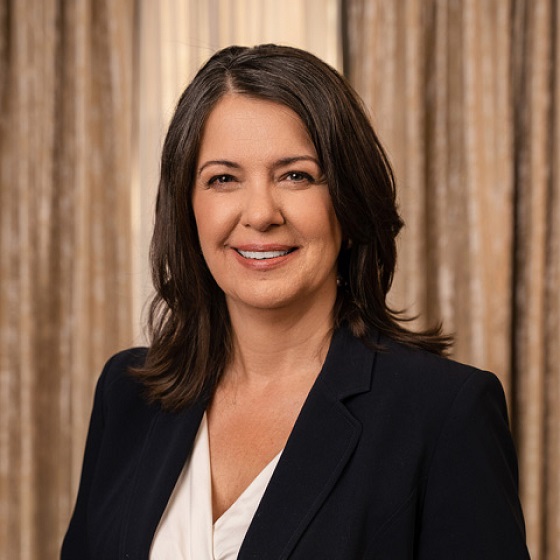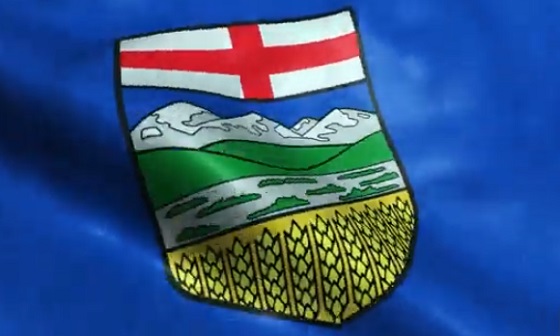Alberta
Province announces $11 million investment to train Albertans to work in aviation industry
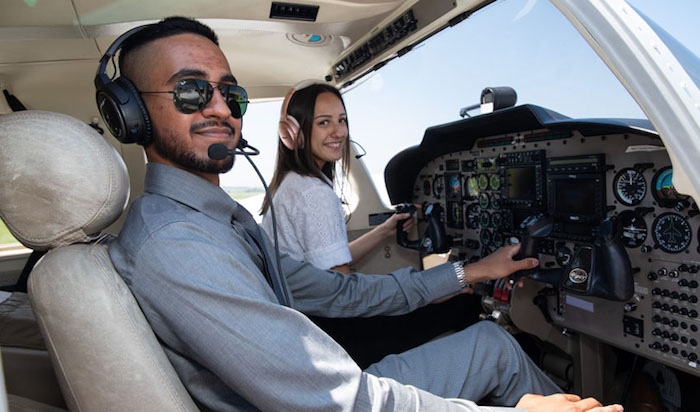
Helping Alberta become Canada’s next aviation hub
The Ministry of Advanced Education is supporting Alberta’s growing aviation industry by investing more than $11 million over three years in Budget 2023.
Alberta continues to be the economic engine of Canada, and Alberta’s government is focused on even more job creation and diversification. Last fall, Alberta’s government signed a memorandum of understanding with WestJet Airlines, recognizing the importance of Alberta’s aviation industry and its contributions to the economy.
Part of the framework of the MOU included a commitment to address critical skilled labour shortages currently faced by the aviation industry. Alberta is home to the second-largest Canadian airline, which operates almost 800 flights carrying 70,000 passengers daily. These numbers are expected to double over the coming years.
That’s why Alberta’s government is committed to growing and diversifying its aerospace, aviation and logistics sectors. This new investment of $11 million includes:
- $6 million over three years to help Mount Royal University establish a bachelor of aviation management program
- $4.5 million over three years for an air access bursary for students in high-demand aviation programs
- $500,000 to support planning of an aviation centre of excellence
“These investments will help ensure Alberta’s air industry has the resources and workforce it needs to succeed, further supporting the growth and vitality of Alberta’s aviation industry, the diversifying of our economy and leading more students to successful careers.”
Supporting new seats in aviation education
Mount Royal University’s bachelor of aviation management program will add 120 seats over four years and be the first of its kind in Alberta. Unlike the aviation diploma, students seeking admission do not have to have a private pilot’s licence.
“We thank the Government of Alberta for this support of Mount Royal’s aviation program and the future pilots it educates. With the demand for pilots continuing to grow, this announcement speaks to the strength of the program, the vital role of education in advancing the aviation sector and its importance to the economy of Alberta.”
Tim Rahilly, president and vice-chancellor, Mount Royal University
The proposed program is a standard 120-credit degree. While there is only a generalized major, aviation management, the institution is offering the program with two different six-course concentrations.
One concentration in flight crew operations offers a commercial pilot and multi-engine instrument rating course to prepare students for a role as a pilot as well as other courses designed to prepare them for management opportunities as their flying career develops. The other concentration in aviation operations focuses on a greater development of management skills and specific aviation business content.
New bursary for aviation students
The new air access bursary provides $10,000 in non-repayable support for aviation students at Alberta post-secondary institutions. A total of $4.5 million will support up to 450 students over three years.
“Aviation is a growing field and the demand for pilots continues to soar. We thank the Government of Alberta for their financial support for students like me in the aviation program at Mount Royal University.”
Creating a hub for excellence
Alberta’s government is working across multiple ministries to support its air access expansion strategy as part of the memorandum of understanding with WestJet Airlines. Through this strategy, Alberta’s government is looking to boost the provincial economy by more than 1,000 direct jobs in Alberta and tens of thousands of other new jobs and billions in new economic activity. Pending approval, $500,000 will support planning for the centre of excellence for aviation training.
“The memorandum of understanding between the Government of Alberta and WestJet sets a foundation to support aviation-related post-secondary programs and improve skilled labour in the industry. This announcement strengthens these commitments and WestJet applauds the Government of Alberta for this funding that will further support WestJet’s Center of Excellence for advanced aviation training right here in Alberta.”
Alberta is proving to be Canada’s next aviation hub and Alberta’s government continues to build and create new partnerships with the aviation industry and Alberta’s post-secondary institutions. Another key partnership in the province’s aviation industry exists between De Havilland and SAIT, focusing on aircraft manufacturing.
“This investment in critical skills and training comes at a time when our company is actively growing our Alberta footprint to advance our mission of manufacturing great Canadian aircraft that serve communities, transport passengers and save lives around the world. We look forward to continuing to work with the Government of Alberta to ensure we have the trained staff we need to deliver a new aerospace sector in the province.”
Budget 2023 secures Alberta’s future by transforming the health-care system to meet people’s needs, supporting Albertans with the high cost of living, keeping our communities safe and driving the economy with more jobs, quality education and continued diversification.
Quick facts
- Alberta’s aviation, aerospace and logistics industries employ more than 75,000 people (2021, Statistics Canada).
- This investment expands on the October 2022 announcement that invested more than $8 million over three years to expand several key facilities and added 40 seats per year to Mount Royal University’s aviation diploma program.
- A 2018 report from the Canadian Council for Aviation and Aerospace found that Canada’s aviation industry will need as many as 7,300 more pilots by 2025.
Alberta
Pierre Poilievre will run to represent Camrose, Stettler, Hanna, and Drumheller in Central Alberta by-election
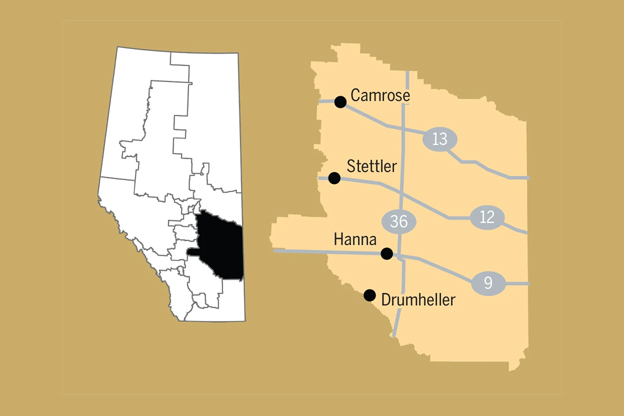
From LifeSiteNews
Conservative MP-elect Damien Kurek announced Friday he would be willing to give up his seat as an MP so Pierre Poilievre, who lost his seat Monday, could attempt to re-join Parliament.
Conservative MP-elect Damien Kurek announced Friday he would be willing to give up his seat in a riding that saw the Conservatives easily defeat the Liberals by 46,020 votes in this past Monday’s election. Poilievre had lost his seat to his Liberal rival, a seat which he held for decades, which many saw as putting his role as leader of the party in jeopardy.
Kurek has represented the riding since 2019 and said about his decision, “It has been a tremendous honor to serve the good people of Battle River—Crowfoot.”
“After much discussion with my wife Danielle, I have decided to step aside for this Parliamentary session to allow our Conservative Party Leader to run here in a by-election,” he added.
Newly elected Prime Minister of Canada Mark Carney used his first post-election press conference to say his government will unleash a “new economy” that will further “deepen” the nation’s ties to the world.
He also promised that he would “trigger” a by-election at once, saying there would be “no games” trying to prohibit Poilievre to run and win a seat in a safe Conservative riding.
Poilievre, in a statement posted to X Friday, said that it was with “humility and appreciation that I have accepted Damien Kurek’s offer to resign his seat in Battle River-Crowfoot so that I can work to earn the support of citizens there to serve them in Parliament.”
“Damien’s selfless act to step aside temporarily as a Member of Parliament shows his commitment to change and restoring Canada’s promise,” he noted.
“I will work to earn the trust of the good people of Battle River-Crowfoot and I will continue to hold the Liberal minority government to account until the next federal election, when we will bring real change to all Canadians.”
Carney said a new cabinet will be sworn in on May 12.
Alberta
‘Existing oil sands projects deliver some of the lowest-breakeven oil in North America’
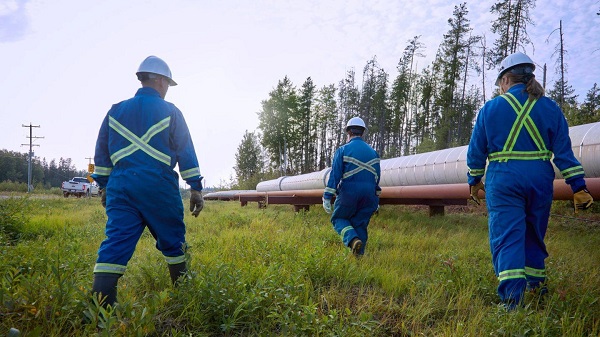
From the Canadian Energy Centre
By Will Gibson
Alberta oil sands projects poised to grow on lower costs, strong reserves
As geopolitical uncertainty ripples through global energy markets, a new report says Alberta’s oil sands sector is positioned to grow thanks to its lower costs.
Enverus Intelligence Research’s annual Oil Sands Play Fundamentals forecasts producers will boost output by 400,000 barrels per day (bbls/d) by the end of this decade through expansions of current operations.
“Existing oil sands projects deliver some of the lowest-breakeven oil in North America at WTI prices lower than $50 U.S. dollars,” said Trevor Rix, a director with the Calgary-based research firm, a subsidiary of Enverus which is headquartered in Texas with operations in Europe and Asia.
Alberta’s oil sands currently produce about 3.4 million bbls/d. Individual companies have disclosed combined proven reserves of about 30 billion barrels, or more than 20 years of current production.
A recent sector-wide reserves analysis by McDaniel & Associates found the oil sands holds about 167 billion barrels of reserves, compared to about 20 billion barrels in Texas.
While trade tensions and sustained oil price declines may marginally slow oil sands growth in the short term, most projects have already had significant capital invested and can withstand some volatility.
“While it takes a large amount of out-of-pocket capital to start an oil sands operation, they are very cost effective after that initial investment,” said veteran S&P Global analyst Kevin Birn.
“Optimization,” where companies tweak existing operations for more efficient output, has dominated oil sands growth for the past eight years, he said. These efforts have also resulted in lower cost structures.
“That’s largely shielded the oil sands from some of the inflationary costs we’ve seen in other upstream production,” Birn said.
Added pipeline capacity through expansion of the Trans Mountain system and Enbridge’s Mainline have added an incentive to expand production, Rix said.
The increased production will also spur growth in regions of western Canada, including the Montney and Duvernay, which Enverus analysts previously highlighted as increasingly crucial to meet rising worldwide energy demand.
“Increased oil sands production will see demand increase for condensate, which is used as diluent to ship bitumen by pipeline, which has positive implications for growth in drilling in liquids-rich regions such as the Montney and Duvernay,” Rix said.
-

 2025 Federal Election1 day ago
2025 Federal Election1 day agoThe Last Of Us: Canada’s Chaos Election
-
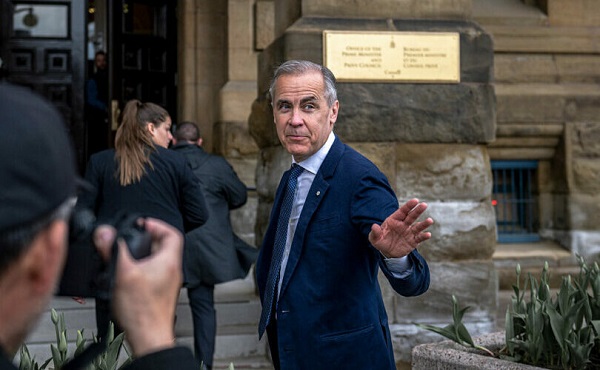
 2025 Federal Election11 hours ago
2025 Federal Election11 hours agoMark Carney vows to ‘deepen’ Canada’s ties with the world, usher in ‘new economy’
-

 Business2 days ago
Business2 days agoCanada urgently needs a watchdog for government waste
-

 Alberta1 day ago
Alberta1 day ago‘Existing oil sands projects deliver some of the lowest-breakeven oil in North America’
-

 Business1 day ago
Business1 day agoOverregulation is choking Canadian businesses, says the MEI
-
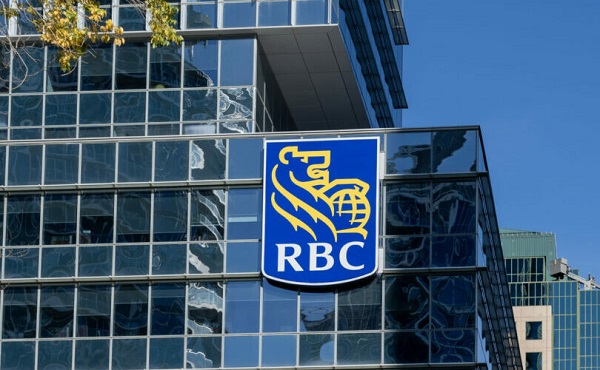
 Business19 hours ago
Business19 hours agoTop Canadian bank ditches UN-backed ‘net zero’ climate goals it helped create
-

 Health11 hours ago
Health11 hours agoRFK Jr. orders placebo safety trials for all new vaccines in major policy decision
-

 Crime1 day ago
Crime1 day agoCanada Blocked DEA Request to Investigate Massive Toronto Carfentanil Seizure for Terror Links



